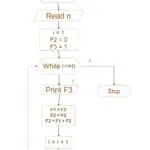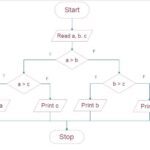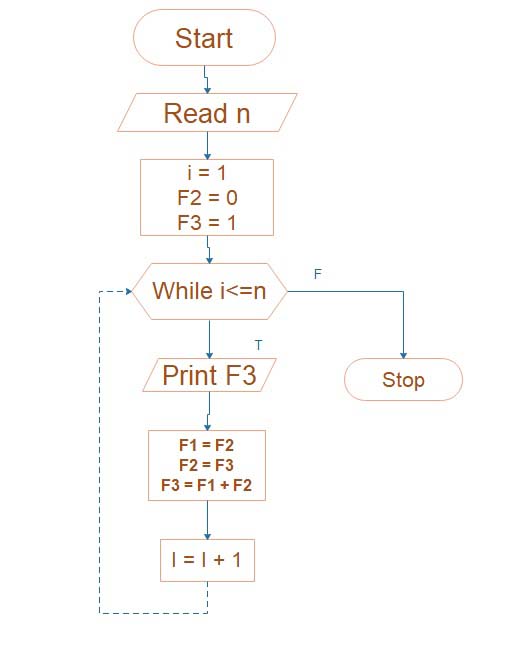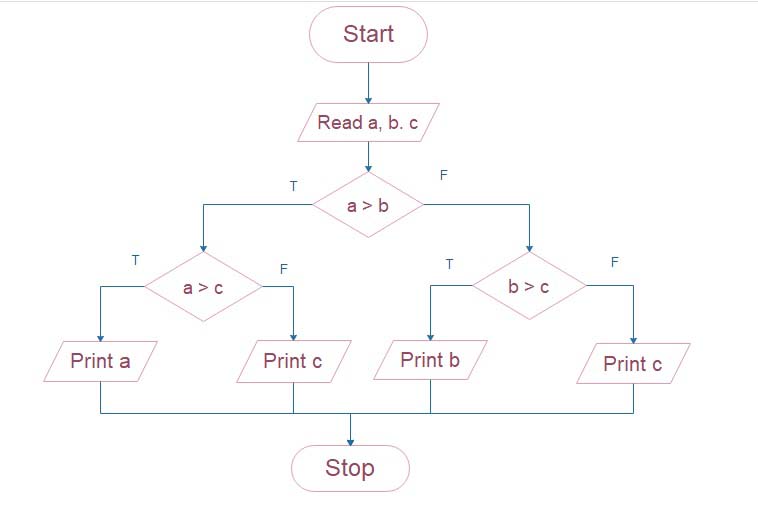Flat vertical plate moving of jet
Force on the flat vertical plate moving in the direction of the jet
Fig. shows a jet of water punching a flat vertical plate moving with a similar velocity away from the jet.

Let
v = Velocity of the jet (absolute)
a = Area from a cross-section of the jet
u = Velocity of the flat plate.
- During this case, the jet does not strike the plate by a velocity v, though it strikes with a relative velocity, which is equal to the absolute velocity of a jet from water minus some velocity of the plate.
Hence, the relative velocity per jet with respect to the plate
= (v- u)
Mass of water striking each plate /sec
= ρ x Area of jet x Velocity with which jet strikes the plate
= ρa x [v – u]
The force exerted by the jet on the moving plate in the direction of the jet,
Fx = Mass of water striking per sec x [Initial velocity with which water strikes – Final velocity]
= ρa (v – u) [(v – u) – 0]
( Final velocity in the direction of jet is zero)
= ρa (v – u)^2
- In this case, the work will be done by the jet on the plate, as the plate is moving.
- For the stationary plates, the work done is zero.
- Work was done per second by the jet on the plate
= Forces x (Distance in each direction of force / Times)
= Fx X u
= ρa(v – u)^2 x u
- In the above equation, if the value of ρ for water is taken in S.I. units (i.e., 1000 kg/m3), the work is done will be in N m/s.
- The term N m/s is equal to W (watt).














